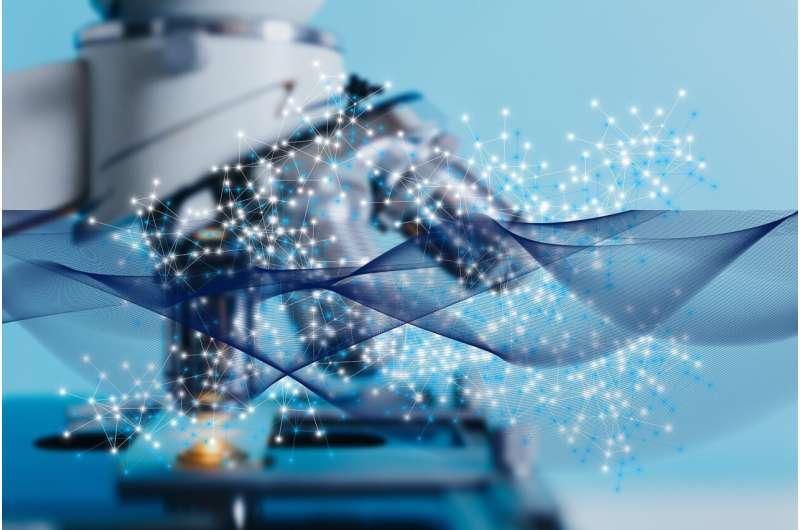Reevaluating the Role of Fibroblasts in Heart Disease: Potential for New Therapies

New research reveals that fibroblasts may play a more active role in worsening heart conditions like dilated cardiomyopathy, opening new possibilities for targeted therapies. source: https://medicalxpress.com/news/2025-09-cells-viewed-menders-heart.html
Recent research challenges the traditional view of fibroblasts solely as supporting cells in cardiac repair, revealing their possible role in exacerbating heart conditions such as dilated cardiomyopathy (DCM). Fibroblasts are typically known for secreting extracellular matrix proteins that help in tissue repair. However, a groundbreaking study published in Science by researchers from the University of Washington indicates that in certain scenarios, fibroblasts may contribute to heart stiffening and scarring, thereby worsening heart function.
The study showed that normal fibroblasts, instead of just producing extracellular matrix, use their own cell bodies to mechanically hold the heart together, which can lead to increased stiffness. As the heart weakens and enlarges, fibroblasts produce excessive fibrosis, further impairing cardiac function. Importantly, scientists demonstrated that targeting a specific signaling pathway in these fibroblasts could restore heart performance in laboratory models, suggesting new therapeutic avenues.
Dilated cardiomyopathy affects about 1 in 250 people globally and is a leading cause of heart failure. Despite its prevalence, effective treatments have been limited. This research reveals that fibroblasts are not merely silent responders to injury but active participants in the disease process, potentially driving fibrosis and organ stiffening.
In their experiments, the team genetically engineered heart muscle cells in mice to carry a mutation linked to DCM. They observed the complex interactions among muscle cells, fibroblasts, and the extracellular matrix, particularly how mechanical cues from heart expansion influence fibrosis. Inhibiting the P38 signaling pathway in fibroblasts halted their expansion and scar formation, which improved heart function and prevented some disease progression.
Additional studies using engineered heart tissues and synthetic hydrogels illustrated that fibroblasts remodel the extracellular matrix in a way that increases heart stiffness, creating a vicious cycle of worsening fibrosis. The research highlights the importance of targeting fibroblasts directly rather than just treating muscle cell deficits, offering hope for more effective therapies for heart failure caused by fibrosis.
The findings suggest that by intervening early to inhibit fibroblast activity, it may be possible to prevent or mitigate the progression of dilated cardiomyopathy and related heart conditions. The research underscores the potential of pathways like p38 as therapeutic targets, paving the way for personalized treatment strategies based on fibrosis levels.
This study enhances our understanding of cardiac fibrosis, emphasizing that fibroblasts are integral to disease mechanisms and offering new directions for combating heart failure.
Stay Updated with Mia's Feed
Get the latest health & wellness insights delivered straight to your inbox.
Related Articles
The Role of Practice Nurses in Enhancing Contraception and Abortion Access in Australia
New research emphasizes the potential of practice nurses to improve access to contraception and abortion services in Australia through better training, policy support, and expanded roles in primary care.
Impact of Delayed Pregnancy on Fertility and Maternal Health Disparities
This article explores how delaying pregnancy impacts fertility rates and amplifies maternal health disparities, emphasizing the need for targeted health policies.
Call for Enhanced FDA Oversight on Healthcare Artificial Intelligence Tools
A new report calls for stronger FDA oversight and transparency for AI tools in healthcare to ensure safety, reduce bias, and promote ethical development.
From Flies to Therapy: A 20-Year Journey Leading to Cancer Clinical Trials
A groundbreaking 20-year research journey originating from fruit fly studies has led to the development of a novel cancer therapy, now entering phase-1 clinical trials. This innovative approach targets the RAF protein involved in tumor progression, promising new hope for solid tumor treatments.



